Fundamental to the scientific method is the assumption that reality exists independently of our belief systems; that there is such a thing as evidence, and that it matters.
Misha Ketchell, is the editor of the popular academic publication The Conversation, has been quoted claiming to care so much about the evidence that the opinions of ‘sceptics’ must be excluded when it comes to climate change. But if Ketchell really cares about the evidence, he will immerse himself in it: he will come with me to see what the consensus claims are the worse affected corals at the Great Barrier Reef — and find instead a beautiful coral garden.
Indeed, if Ketchell really cares about nature and evidence, he will be prepared to test his claims against objective reality.
I’ve been labelled a climate change sceptic and contrarian. Indeed, I’m listed in, of all places, the journal Nature as a dangerous dissident who must be shunned, and denied because, it is claimed, that I misrepresent the evidence.
If my arguments are so devoid of evidence, this should be easily proven. One way of finding the truth is through simple observation.
If we have catastrophic sea level rises, for example, then this should be evident when we visit the beach. If the Great Barrier Reef is in decline, this should be everywhere evident with the corals.
Coral reefs in shallow waters adjacent to the Australian mainland are considered particularly susceptible to coral bleaching, and also smothering by sediment from turbid water.
This was all lamented the week I was there in late August, including by Sussan Ley, the Federal Environment Minister. Relying on a review of more than 1,000 reports by academics, she told the nation that the prognosis for the Great Barrier Reef, and particularly inshore reefs, is very poor.
One of the papers that helped shaped this opinion is by Tara Clark (and colleagues including David Wachenfeld, the Chief Scientist at the Great Barrier Reef Marine Park Authority) entitled ‘Historical photographs revisited: A case study for dating and characterising recent loss of coral cover on the inshore Great Barrier Reef’ published by Nature (DOI: 10.1038/srep19285).
The historical photographs were taken circa 1890 and 1915 of corals in the vicinity of Stone Island, off Bowen, and they show healthy corals including species of the branching coral Acropora sp.
Clark, Wachenfeld and their colleagues concluded in the peer-reviewed paper published in 2016 that:
Using a combination of anecdotal, ecological and geochemical techniques, the results of this study provide a robust understanding of coral community change for Bramston Reef and Stone Island. In the late 19th and early 20th Century, historical photographs revealed large and abundant living tabular Acropora sp. and massive faviid colonies at Bramston Reef and high cover of both plating and branching Acropora sp. colonies at Stone Island. By contrast in 1994, no living Acropora colonies were found at either location and the majority of the large faviids that featured so prominently at Bramston Reef in c.1890 were dead, covered in algae and/or mud.
They continued:
In 2012 (eighteen years later), Bramston Reef was still characterized by many large faviid colonies, dead and overgrown by algae and sediment, as well as a large number of small living faviid colonies. Yet there was evidence of some small increase in coral cover, primarily driven by tabular Acropora sp. and other genera. In addition, living faviid colonies that appeared to be of equal size to their predecessors were also found in 2012, albeit scarc. At Stone Island, the reef crest was similar to that observed in 1994 with a substrate almost completely devoid of living corals.
Yet when I visited Stone Island in late August, I was surprised to find an abundance of Acropora spp. forming both plate and branching colonies.
I saw and photographed large pink plate coral on August 25 — some more than one metre in diameter — at the reef edge just 30 metres from where Clark and co ended their transect as published in Nature.
There is dead coral, but this is not unusual in a fringing reef situation for the coral to continue to grow out from the island, with the healthiest corals at the edge. This reef edge was often 20 metres wide and extended for perhaps two kilometres.
If the transects used in the Clark analysis had been extended by just 30 metres to the south they would have found a different story. Rather the journal article gives the impression that the transect extended to the reef edge, when it did not.
Across the headland, in the northern-facing bay at Stone Island, was more coral and at this location, it covers more of the reef flat with an area of perhaps 25 hectares of almost 100 per cent coral cover.
This beautiful coral garden — with so many foliose and also branching hard corals — will be featured in a short film I’m making with underwater photographer Clint Hempsall.
The film not only includes spectacular underwater cinematography showing so many different species of soft and hard corals all at this one coral reef near the entrance to Bowen Harbour, but it also includes drone footage. It is possible to get a good idea of the extent of a reef using a drone. The film is entitled ‘Most corals are Beige’. But you can see from the underwater and aerial cinematography that there were also purple and some green corals at this reef.
Science is a method that relies on evidence. That there is a beautiful coral garden existing as inshore reefs where the water is especially warm and turbid — not a kilometre from the Australian mainland at the entrance to a harbour — is hard to reconcile with the idea that we have catastrophic human-caused global warming. It is impossible to reconcile with the published literature that claims these corals fringing Stone Island have been destroyed by climate change.
Science is never settled. We must therefore always be open-minded, tolerant and ready to be proven wrong.
So I’m more than happy to take Misha Ketchell to Bowen, to test the evidence, in particular, this is an invitation to come with me and visit the fringing coral reefs at Stone Island.
Jennifer Marohasy is a Senior Fellow at the Institute of Public Affairs and blogs at jennifermarohasy.com.
Illustration: Jennifer Marohasy.
Got something to add? Join the discussion and comment below.
Got something to add? Join the discussion and comment below.
Get 10 issues for just $10
Subscribe to The Spectator Australia today for the next 10 magazine issues, plus full online access, for just $10.

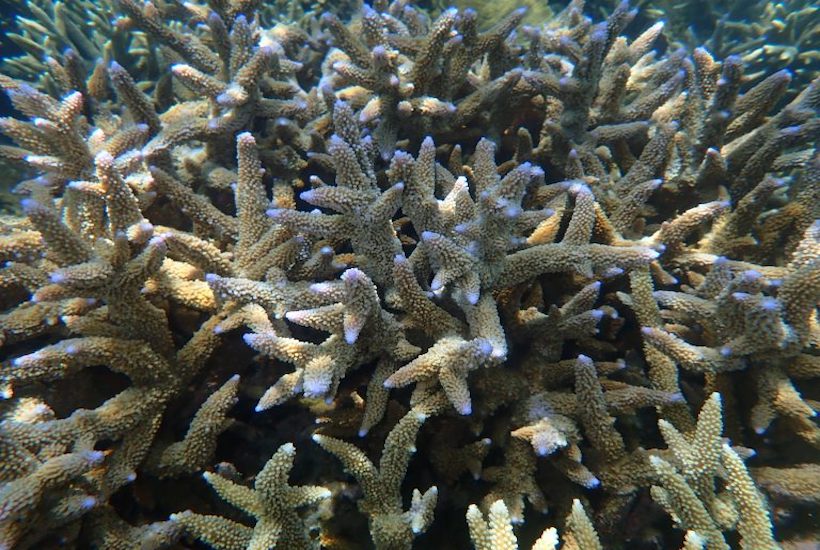

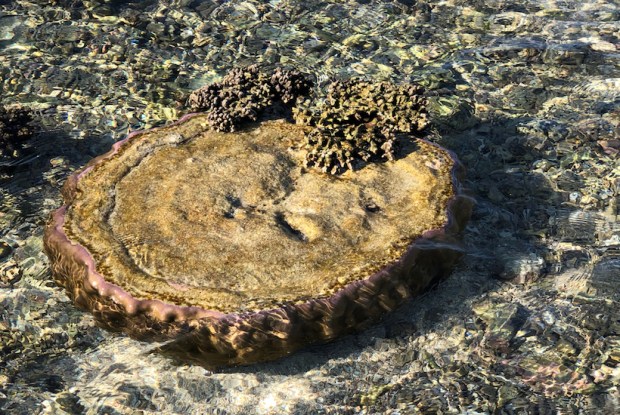
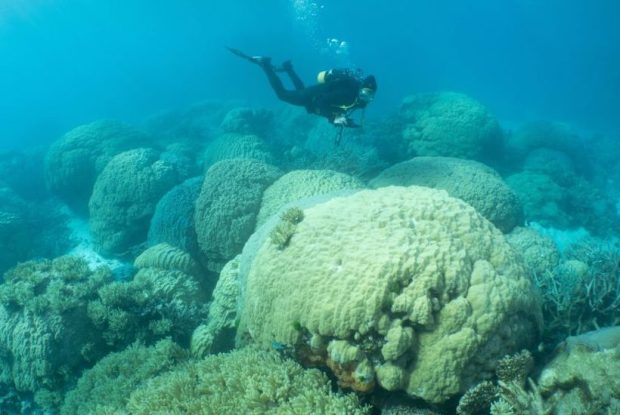
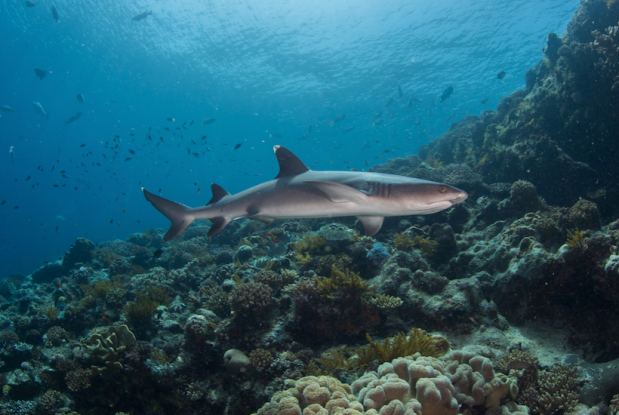
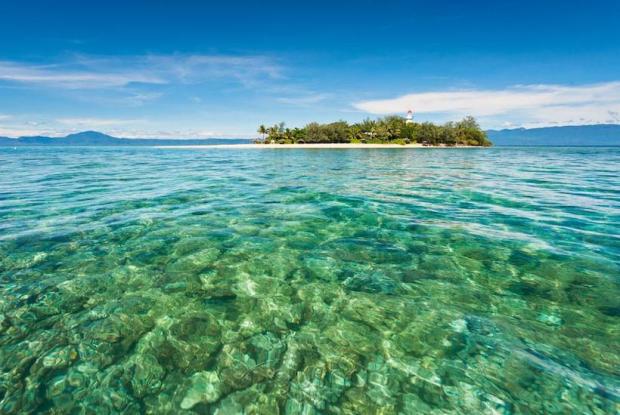
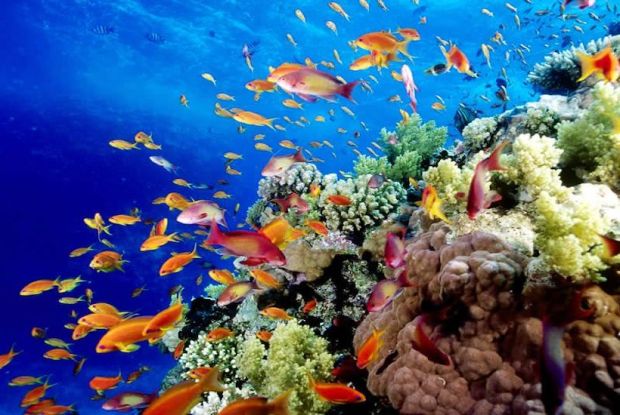


















Comments
Don't miss out
Join the conversation with other Spectator Australia readers. Subscribe to leave a comment.
SUBSCRIBEAlready a subscriber? Log in